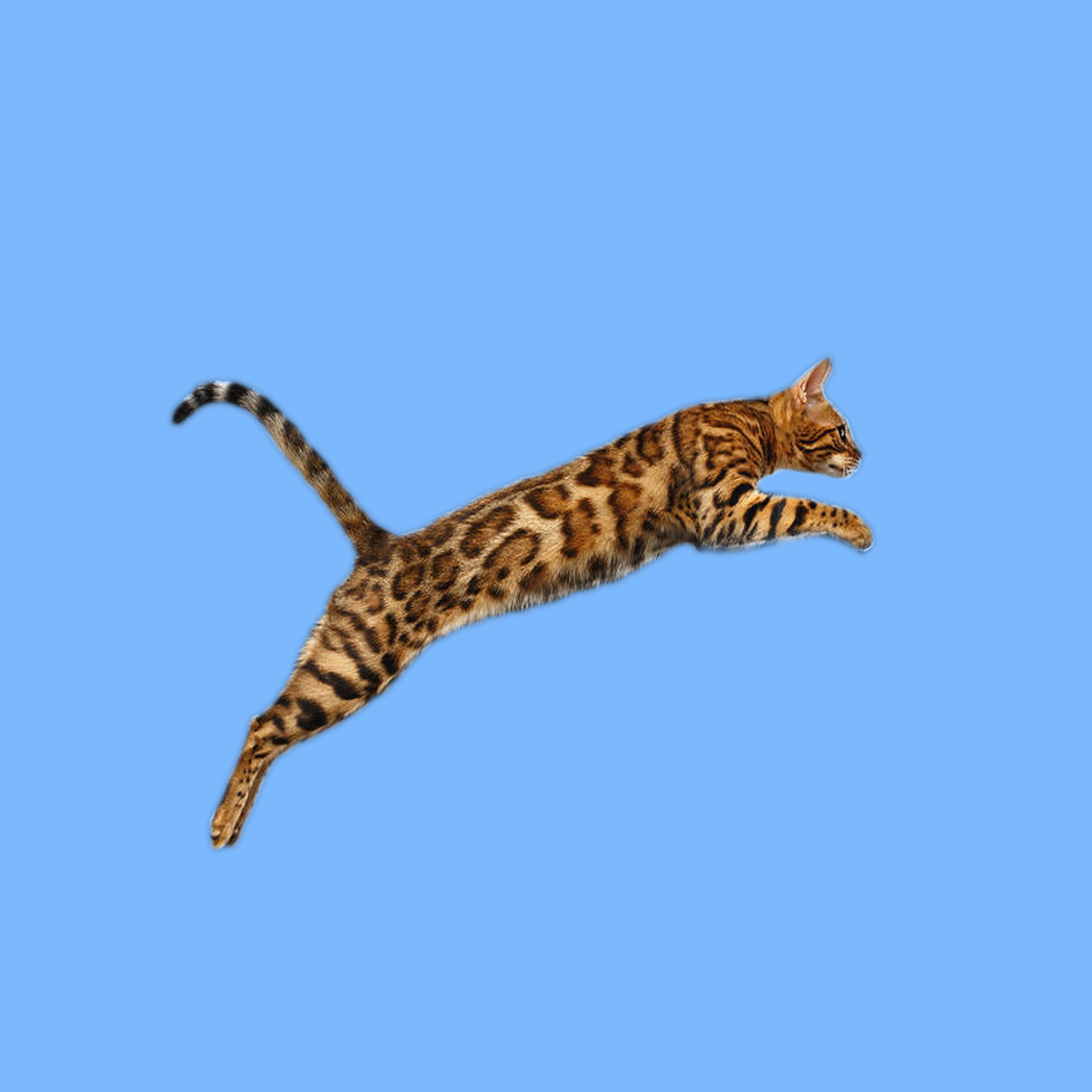Hypertrophic Cardiomyopathy
Hypertrophic cardiomyopathy is a heart disease characterized by thickening of the walls of the ventricles. Companion animals with hypertrophic cardiomyopathy have chest pain, shortness of breath, and arrhythmia. Medicines that reduce the heart’s contraction force are often used to treat the disease. Like congenital hypertrophic cardiomyopathy, most late-onset cases of the disease are caused by a genetic defect.
Hypertrophic cardiomyopathy may appear in infancy or adulthood. You will be able to effectively manage the disease by actively communicating with the veterinarian, proper exercise and avoiding obesity.
Progressive Retinal Atrophy
Progressive retinal atrophy causes gradual degeneration of the retina and loss of vision. The mentioned disease is passed on to companion animals by inheritance. Regular eye exams and a diet rich in antioxidants can help maintain retinal health.
Before purchasing an important family member, carefully research his genetics and make sure that your little friend does not have a genetic predisposition to vision problems.
Infectious Peritonitis
Infectious peritonitis is a viral disease caused by certain strains of the feline coronavirus. This disease has a special effect on the immune system of the companion animal.
A clean living environment, minimizing stress and avoiding multiple cats in the same space can significantly reduce the risk of infectious peritonitis. Vaccination against the coronavirus in cats may also be effective in preventing this disease, but remember that the effectiveness of the vaccine is different in each individual case.
Flat Chest Syndrome
Flat chest syndrome is a health problem caused by improper development of the chest, which negatively affects the proper functioning of the lungs and heart. Proper nutrition of the companion animal during pregnancy and lactation is crucial to prevent flat chest syndrome. Avoiding overfeeding and creating a comfortable environment for kittens is another important preventive measure.
If an important member of your family has flat chest syndrome, remember that your role as a competent parent in improving their quality of life is especially important. Work closely with your veterinarian and visit the clinic immediately if you experience any symptoms of difficulty breathing.
Hip Dysplasia
Another health problem in Bengal cats can be hip dysplasia. This is a genetic disease where the hip joint does not fit properly in the socket. Weight monitoring, a balanced diet, and regular exercise can help manage the disease effectively and alleviate symptoms caused by hip dysplasia.
Anemia
Anemia is caused by a lack of red blood cells. Since red blood cells supply the body with oxygen, their deficiency is associated with a lack of oxygen in the body, which causes fatigue and weakness. There are several types of anemia. For example, iron deficiency anemia is caused by a lack of iron in the body and poses a threat to the proper functioning of organs. As for megaloblastic anemia, it is caused by a lack of vitamins B9 and B12.
As a competent parent, remember that a nutrient-rich diet and regular veterinary checkups are important prerequisites for your companion animal’s health. Practicing responsible care can prevent the development of anemia and other health problems.
Peripheral Neuropathy
Peripheral neuropathy is caused by damage to the peripheral nerves. This process is often accompanied by weakness, decreased sensitivity, difficulty in movement and pain. Regular veterinary check-ups can help detect neurological problems early and effectively manage the disease.
Peripheral neuropathy may be caused by a genetic predisposition, traumatic injury, infection, exposure to toxins, or metabolic problems. Another cause of peripheral neuropathy is diabetes.
Since obesity contributes to the development of diabetes in companion animals, we recommend that you pay due attention to the weight of your four-legged friend and keep it within the norm. Providing a safe environment is another preventative measure that can help reduce stress and prevent peripheral neuropathy.

